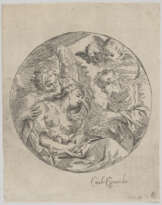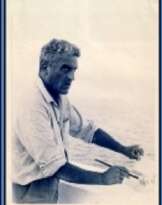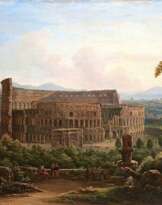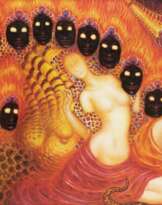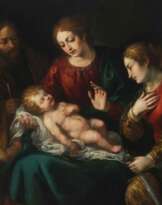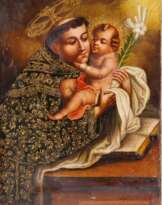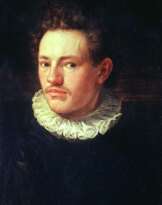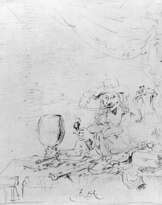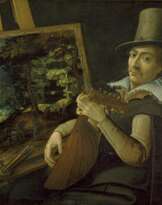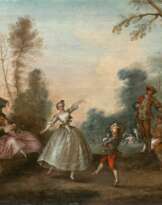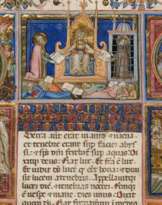Pietro Perugino (1446 - 1524)
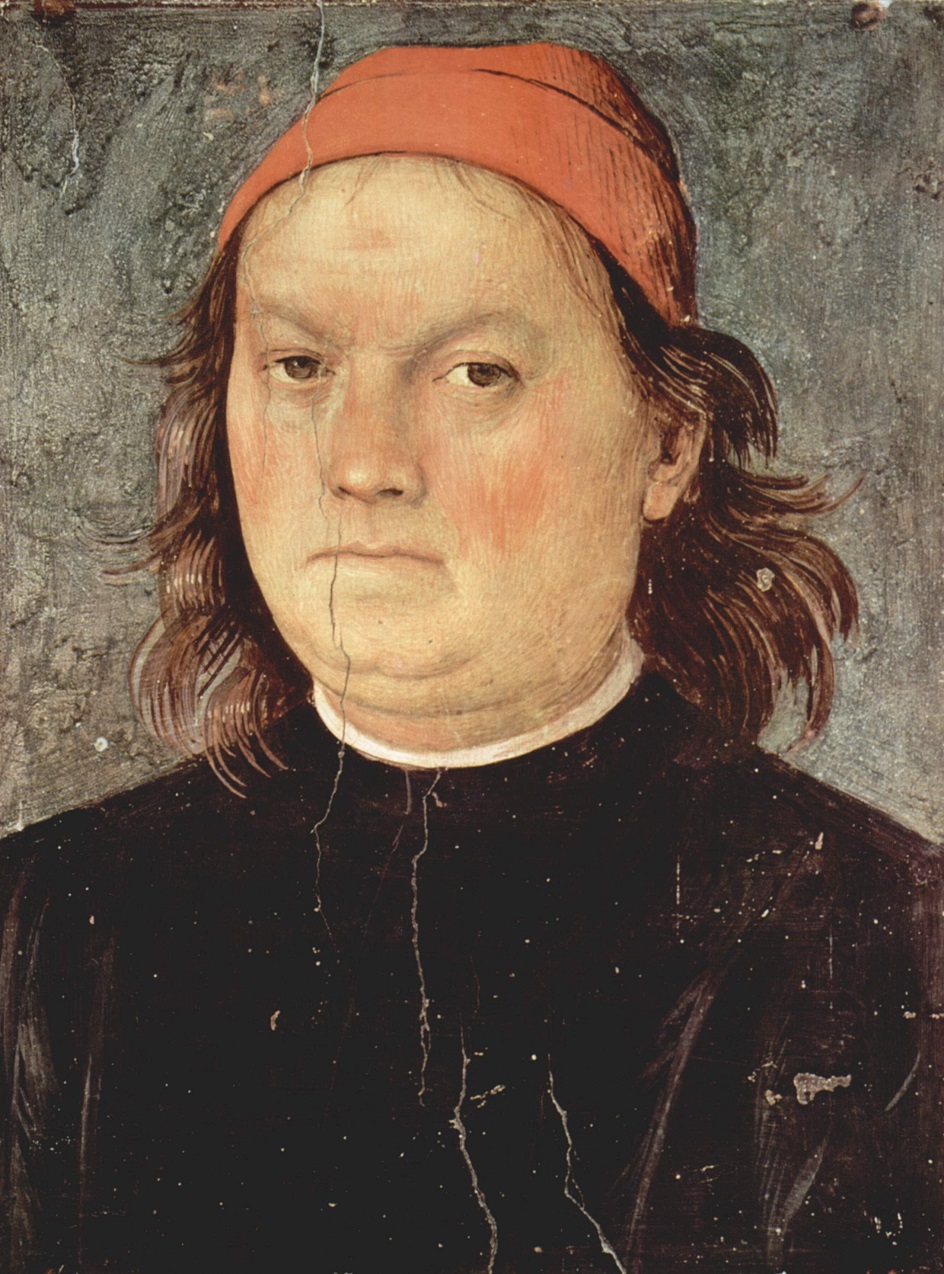
Pietro Perugino
Pietro Perugino, an Italian Renaissance painter from the Umbrian school, emerged as a pivotal figure in the transition towards the High Renaissance. Born Pietro Vannucci in Città della Pieve near Perugia, Perugino's work is celebrated for its clarity, spatial composition, and refined use of color, anticipating the High Renaissance ideals that would be fully realized by his students, including Raphael, his most famous pupil.
Perugino's career took him from Florence, where his style was influenced by the Florentine school, to Rome, where he contributed to the Sistine Chapel's frescoes, including notable works like the "Delivery of the Keys." His contributions to the Sistine Chapel, alongside other panels like "Moses" and "Zipporah," marked a significant commission in Rome, showcasing his mastery over fresco technique and narrative expression. These works, commissioned by Pope Sixtus IV, highlighted his ability to imbue religious scenes with a serene and harmonious quality, a hallmark of his style.
Beyond the Sistine Chapel, Perugino was prolific in producing altarpieces and frescoes across Italy, from Perugia to Florence, where his workshop nurtured talents like Raphael. His works, characterized by their serene landscapes and delicate figures, include "The Crucifixion" and the "Madonna and Child with Saints," showcasing his skill in portraying divine and earthly themes with equal grace. His ability to convey profound religious sentiment through balanced compositions and gentle expressions earned him commissions from various Italian states, demonstrating his wide appeal and influence.
Later in his career, Perugino continued to innovate, as seen in works like the "Battle between Love and Chastity," a departure from his usual themes, reflecting his versatility and responsiveness to patron demands. Despite facing criticism from contemporaries like Michelangelo for his perceived adherence to a more traditional style, Perugino's legacy endured, particularly through the achievements of his pupils. His approach to creating space and depth in painting directly influenced Raphael, who would carry forward and expand upon his master's techniques.
For collectors and experts in art and antiques, Perugino's works represent a critical link between the Early and High Renaissance, embodying the shift towards a more humanistic and naturalistic depiction of subjects. His paintings, many of which are housed in prestigious museums around the world, continue to be studied and admired for their beauty and historical significance.
To stay informed about new discoveries, sales, and auction events related to Pietro Perugino's works, signing up for updates is highly recommended. This subscription ensures that enthusiasts and collectors alike are always in the know regarding opportunities to engage with the enduring legacy of this Renaissance master.
| Date and place of birt: | 1446, Città della Pieve, Italy |
|---|---|
| Date and place of death: | 1524, Perugia, Italy |
| Nationality: | Italy |
| Period of activity: | XV, XVI century |
| Specialization: | Artist, Painter |
| Art school / group: | Umbrian School |
| Genre: | Allegory, Religious genre |
| Art style: | Renaissance, Old Masters |
